“It seems that they get their lifeboats second-hand from the RNLI in Britain”, says the First Mate.
We are in the small harbour of Marjaniemi island watching a group of Search and Rescue (SAR) trainees being put through their paces by their instructor. The lesson of the moment is on knots, and they are learning how to do a bowline.
“I thought that those boats looked familiar”, I say.
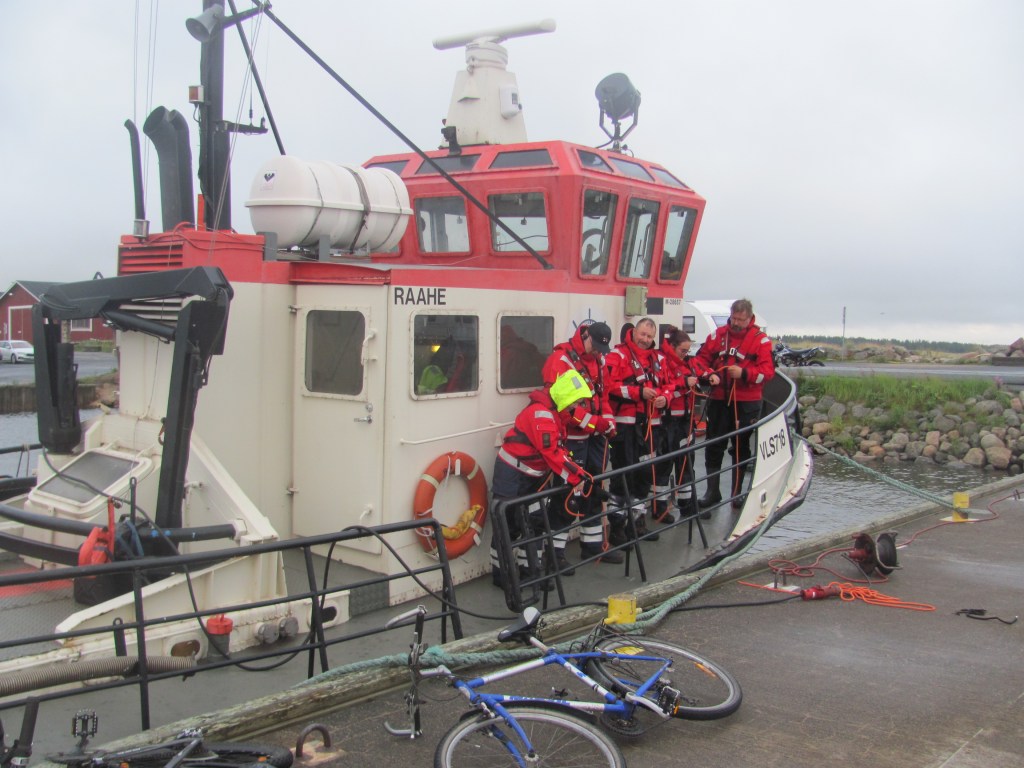
In the morning, we find that Gavin and Catherine have arrived in their boat Saluté and tied up next to us. We had left them in Luleå in the north several days earlier as they had had a friend joining them for a few days’ sailing. They had then sailed through the night, arriving at 0200 in the morning to re-join us.
“We were as quiet as we could be tying up”, says Catherine. “We didn’t want to wake you.”
“It was a beautiful night sail”, says Gavin. “It was a clear sky, the sea was calm, the moon was out, and it all looked ethereal. It never really got totally dark. The only problem was that not all of the buoys on the approach to Marjaniemi were lit, so it was a bit tricky trying to locate the channel. I was worried that we might go aground on a few occasions, but we managed it.”
It’s nice to see them again, and we are looking forward to their company on the long trip back down south.
Unfortunately, strong southerly winds are forecast for the next few days. Ideally, we would sit them out, but we need to make progress southwards again, so we decide to take them full on and tack. With winds gusting up to 26 knots, it’s boisterous, to say the least. We arrive in Raahe exhausted, and tie up in front of the town museum.
“Phew, that was tough”, says the First Mate. “I hope that we don’t have too many sails like that.”
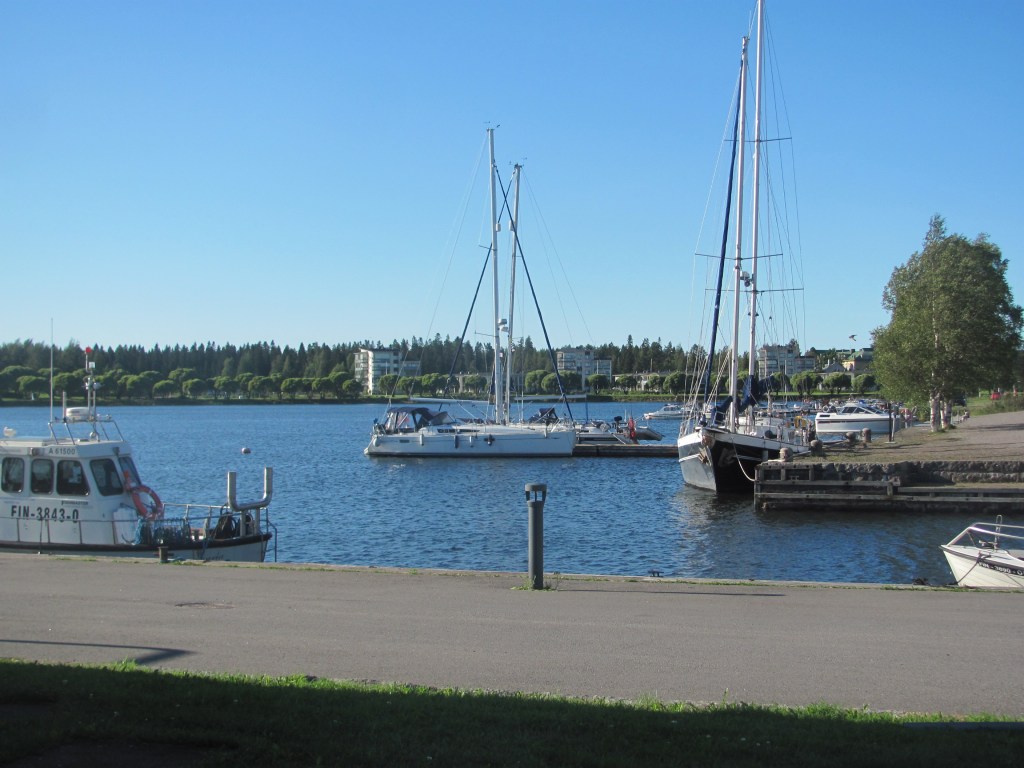
“Raahe was founded by Per Brahe in 1649”, the girl in the museum tells us the next day. “It’s named after him. He was the Governor-General of Finland when it was under Swedish rule back in the 1600s. He did a lot of good things for Finland, like introducing a postal system, promoting education, developing agriculture, and reforming the administrative system. He also founded several other towns besides Raahe, and even has an asteroid named after him.”
“Quite a legacy”, says Gavin.

The strong southerlies continue. We battle our way down to Kokkola, the next town. The harbour guide recommends that we stay in the marina of Gamlakarleby Segelförening, the oldest sailing club in the Gulf of Bothnia.
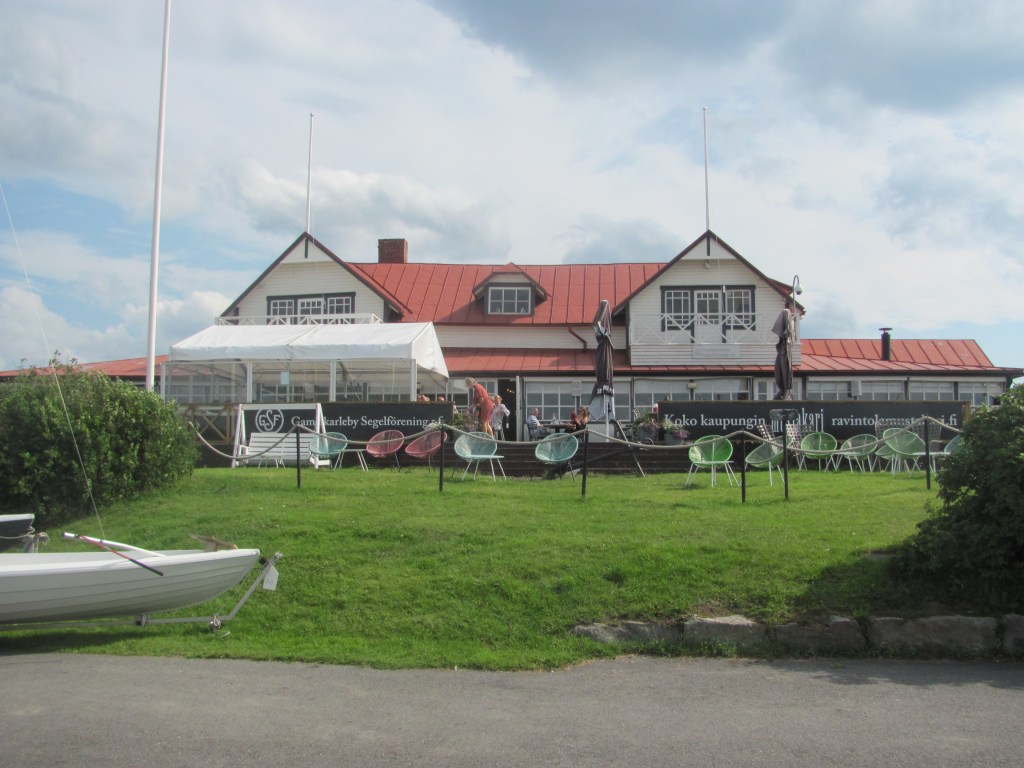
As we tie up, we get talking to one of the club members.
“There’s some British naval history you should see while you are in Kokkola”, he says. “During the Crimean War, there was a bit of a scrap between the British and the Finns in 1854, who were part of the Russian Empire at that time. One of the British gunboats was captured.”
“Ah, yes”, I say. “We have already seen the Russian Fortress at Bomarsund that was destroyed by the French and British ships during the Crimean War. What happened here?”
“Well, the British Navy were carrying our raids on towns up and down the coast along here”, he answers. “Normally they met with very little resistance, but at Kokkola there was quite a large Russian-Finnish contingent of troops who ambushed the British as they sent some landing craft full of their own troops ashore to raid the town. One of the gunboats and several of the British soldiers were captured. Some even died in the fight and are buried here in the town cemetery. It’s referred to as the ‘Skirmish of Halkokari’. You can still see the boat that they captured as you cycle into town. It’s worth a look.”
In the morning, we cycle into Kokkola. On the way we pass the monument to the ‘Skirmish of Halkokari’.
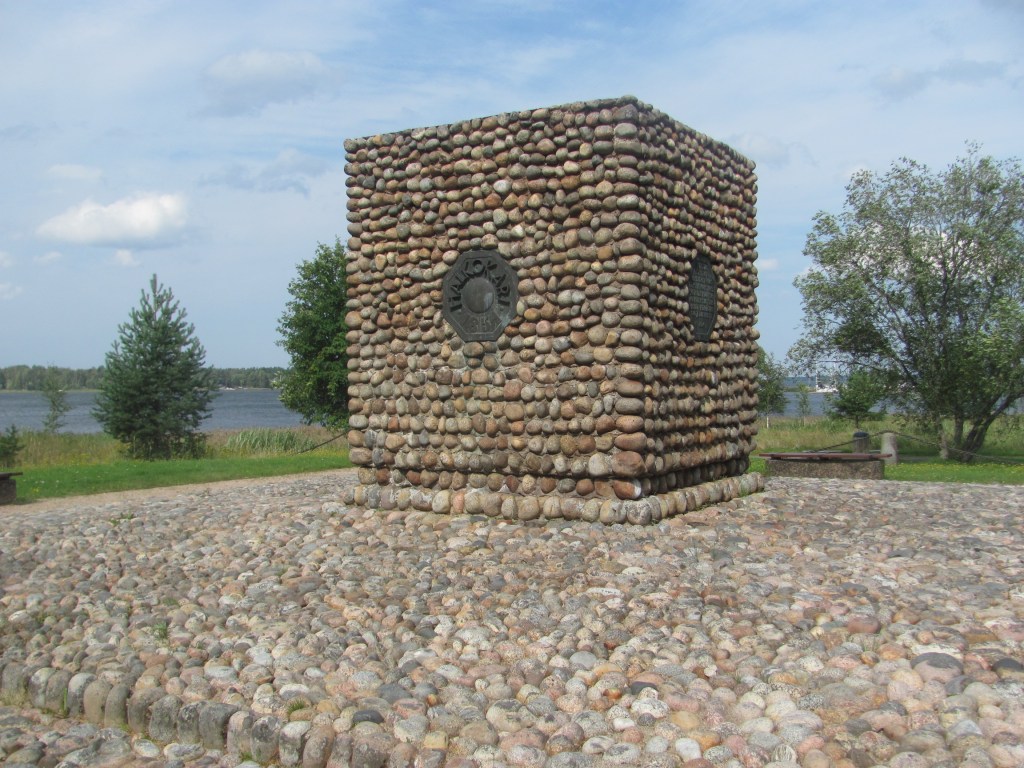
Further on, we come across the ‘English Boat’.

“Apparently the British Government still makes a small contribution to Kokkola to maintain the graves of the soldiers who died here”, says Gavin over lunch. “They’ve even asked for their boat back, but the Finnish have refused.”
“It’s amazing to think that the Crimean War was even being fought up here”, I say. “Bomarsund was surprising enough, but Kokkola is much further north than that. And nowhere near Crimea.”
We spend the afternoon exploring the town. In common with many of the towns along this part of the coast, there is an old part of town with quaint houses built in wood.

“Did you see these mirrors mounted outside the windows of the houses?”, says the First Mate. “They were called ‘gossip mirrors’. Apparently, the people of the house could sit inside their living rooms and surreptitiously watch the comings and goings of their neighbours. That gave them something to gossip about.”
“But if everybody knew that that is what they were for, they just wouldn’t do anything worth gossiping about in the street”, I say. ”They could sneak out the back, for example.”
“Whatever”, she says.

We come to the town theatre. Outside is a statue of a gold-plated soldier and a woman in charcoal grey offering him flowers. There is a sign, but it is in Finnish, and Google refuses to translate it.
“There’s a lot of non-PC symbolism there”, says Gavin. “The man is golden, the woman is grey and drab; the man is a hero, the woman is meek and subservient; the warrior is glorified, the peacemaker is secondary. You can probably think of more. I wonder what the true meaning is?”
“Perhaps they were intending to do them both in gold, but ran out of gold paint?”, I say, knowing that it probably wasn’t.
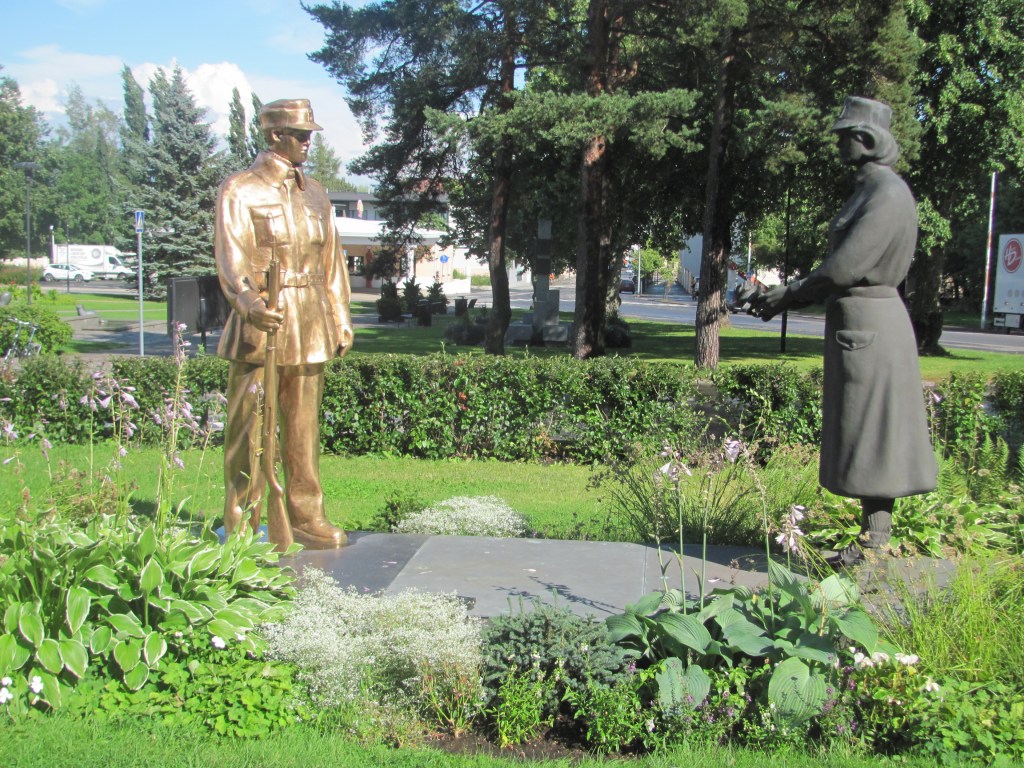
We leave Kokkola at 0700 the next morning, heading south for the Kvarken archipelago that almost divides the Gulf of Bothnia into two. It turns out to be a frustrating sail – sometimes good wind, then nothing, a pattern repeated several times during the day. There is nothing to do but pull the sails out when there is wind, then pull them back in again and start the engine when there is none. But at least the strong southerlies seem to have abated for the time being.

We reach the island of Kummelskär in the evening and tie up bows-to to the small jetty. Only one other boat is there.

“Welcome to Kummelskär, the gateway to the Kvarken archipelago”, says the harbourmaster as he helps us secure our lines. “You’re just in time. We close for the winter this coming weekend. If you had come after that, you could have tied up here, of course, but nothing would have been open – no toilets, no sauna, no café, no tower, nothing. Now, can I interest you in some hot salmon and potato soup? It’s my wife’s speciality. I am sure you can do with some after your long voyage.”
We don’t have the heart to refuse.
“It used to be an old coastguard station here”, he explains as we eat the soup. “Now it has been turned into a nature station for this part of the Kvarken Archipelago. My wife and I live here for the summer to look after the place, but we will be going back to our home in Vaasa for the winter. Now, when you are finished, you can come and watch the sunset from the top of the watch tower.”
We climb the stairs and find ourselves in the lookout room of the old coastguard station. It reminds me of the control tower at an airport. We watch in awe as the sun sinks slowly into the sea over the Kvarken archipelago.

Back at the harbour, the barbecue is already on. We bring some sausages and a salad, and join the couple from the other boat. Across on the opposite island, we can hear the screeches of cranes roosting.

“We live in Pietersaari”, the man says. “But we are sailing over to the Höga Kusten in Sweden for our holidays. We decided to break the journey here. We’ve been here several times before, and always like it.”
The conversation turns to politics.
“I was surprised when your former Prime Minister was voted out”, I say. “I thought she was very popular. And she stood up for Ukraine and brought Finland into NATO.”
“Yes, Sanna Marin was popular, but probably more so abroad than at home”, the woman says. “Perhaps similar to your Jacinda Ardern in New Zealand, in that respect. She took out a lot of loans, and people were becoming concerned that the country was in too much debt. And she suffered from a lot of scandals – for example, she was accused of spending public money on her family’s grocery bills. Even though she was legally allowed to do so, and even though she paid it back, it left a bad taste in people’s mouths.”
“And the leaked videos of her dancing at that private party?”, I say.
“Most people thought that was something blown up by the media and her political rivals”, she says. “But it probably didn’t help her.”
We leave Kummelskär the next morning, taking the inner route through the skärgård. Rocks and skerries slide by, sometimes only metres from the boat. We follow the marked routes on the charts meticulously, making full use of the conveniently-placed leading lines to keep us on the strait and narrow. It’s nerve-wracking stuff, and we are relieved when we reach the wider waterways for the large ships heading in to Vaasa.

But we relax too soon. The wind has risen since the morning to 20 knots, and is almost on our nose, making us sail close-hauled and tack. Not only that, it begins to rain.
“The weather forecast said occasional showers”, says the First Mate. “But this is a bit more than a shower. We can hardly see where we are going. Here’s your rain jacket.”
We zig-zag our way up the main fairway, keeping a wary lookout for big ships coming from behind and trying to stay within the marked channel. It’s narrow in places, especially under the road bridge we need to pass under. It’s not easy.

A strong cross wind is blowing when we arrive at the marina, and it is difficult to manoeuvre into the small berths we see unoccupied. But somehow we manage it, and tie a rope from midships across to the pontoon on the other side to stop the boat from crunching into the pontoon and damaging the fenders. We plug in the power, and are readying ourselves to change out of our wet clothes and boil the water for a hot cup of tea when the harbourmaster arrives.
“Unfortunately, you have tied up in a private berth”, he tells us. “the owner is supposed to be away for the weekend, and normally I would be happy for you to stay here, but there is a chance that he will be back tonight, so I am afraid I will have to ask you to move your boat. You can tie up alongside over there, if you like.”
“I wish he had told me that when I phoned him on the way in”, says the First Mate. “But at least we will be tied up alongside. It’ll make getting the bikes off in the morning easier.”
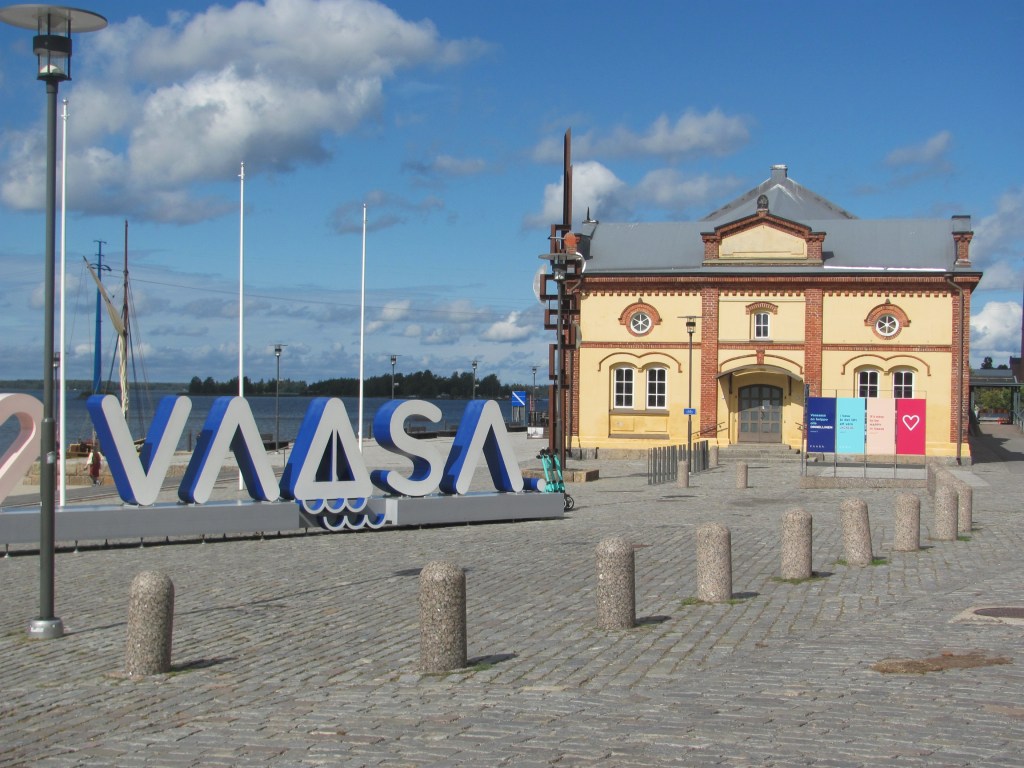
In the morning, we cycle into Vaasa for lunch with the Salutés.
“Why are you going so slowly?”, says the First Mate to me. “Aren’t you hungry?”
“My back tyre was flat”, I say. “It might be a puncture. I stopped to pump it up. Luckily I had the pump with me.”
Over lunch, we read the guide to Vaasa.
“It was founded in 1606, and was originally called Korsholm by the Swedish and Mustasaari by the Finnish”, Gavin reads. “Since then, it has had several name changes reflecting the politics of the time. In the 1600s, it was changed to Vasa after the Swedish royal family. Then 1855, it was renamed to Nikolajstad in Swedish and Nikolainkaupunki in Finnish in honour of the Russian Czar. Then when Finland became independent in 1917, it reverted to Vasa in Swedish and Vaasa in Finnish. Nowadays it is generally referred to as Vaasa.”
“Wow, it must be confusing for postmen”, says the First Mate. “You wouldn’t want to post your letters too late, or else the address might not exist anymore.”
“All the more complicated to have a Swedish name as well as a Finnish one at the same time”, I say.
“I read somewhere that it is a pretty cool city to live”, says Catherine. “There are three universities here, and there’s quite a student atmosphere with lots of concerts and entertainment going on. In fact, the harbourmaster said that there is a concert tonight on that little island near the marina.”
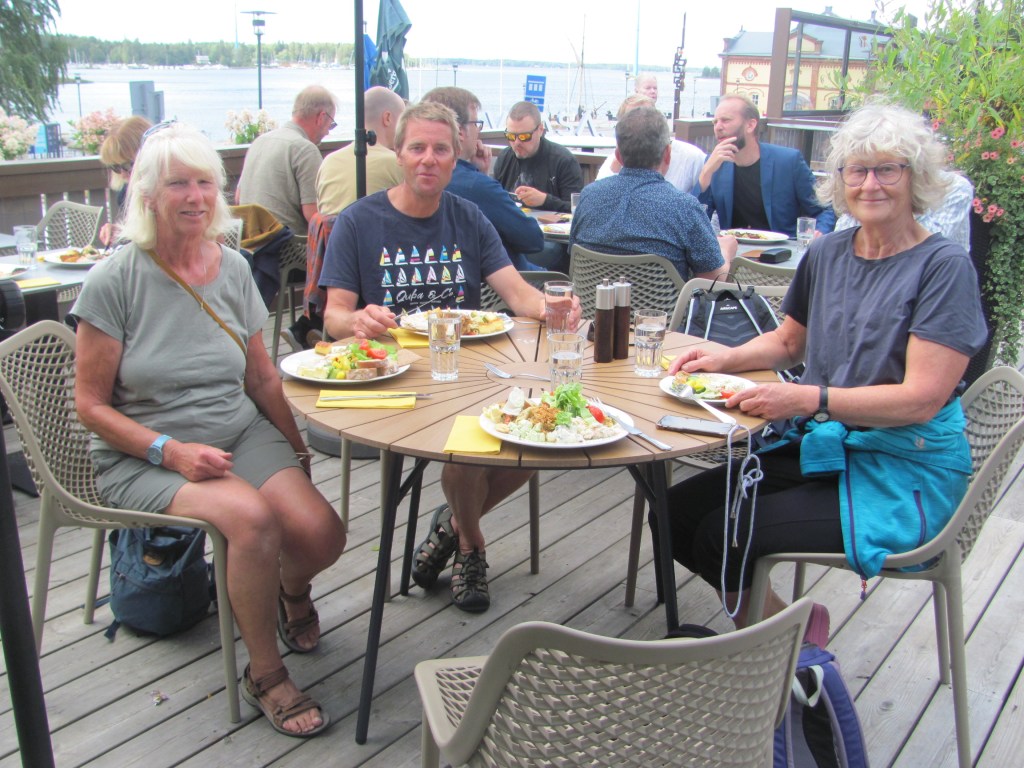
After lunch the tyre is flat again. “It’s definitely a puncture”, I say. “I’ll have to walk back to the boat and fix it.”
“Well, let’s go to the Ostrobothnian Museum first”, says the First Mate. “It’s only a few minutes’ walk from here. You can push the bike.”
We spend the next hour or so learning about the natural history of the Kvarken archipelago. It turns out that it is an important gathering place for birds preparing to migrate. To build up body fat for their long journey to Northern Africa, cranes, for example, gather in their thousands to graze in the Söderfjärden crater and return to the islands of the Kvarken to roost at night. We had heard them on Kummelskär island.

“There is a modern art exhibition on the top floor”, says the First Mate. “Let’s go and have a look.”
“This one reminds me of work”, I say.

“Here’s a good one for you”, says the First Mate.

After the museum, we have a look around the city.


I spend the rest of the afternoon fixing the puncture. In the evening, music starts on the little island near the marina. Youngsters on jet-skis and boats of various shapes and sizes mull around harbour area. A kind of houseboat pushed by a small speedboat lashed to the side and towing three jet-skis finds its way somehow into the marina. There’s lots of shouting and drunken singing from those on board. Worried faces appear on the decks of the nearby boats, boathooks and fenders at the ready to protect their pride-and-joy’s from the revellers.

“It looks like we are not going to get much sleep tonight”, says Catherine. “At least we will be able to hear the music for free. I hope it’s good.”
It turns out to be a Swedish singer by the name of Viktor Leksell on tour. It’s all very wholesome and finishes by 2300. Everyone goes home. The houseboat disappears.
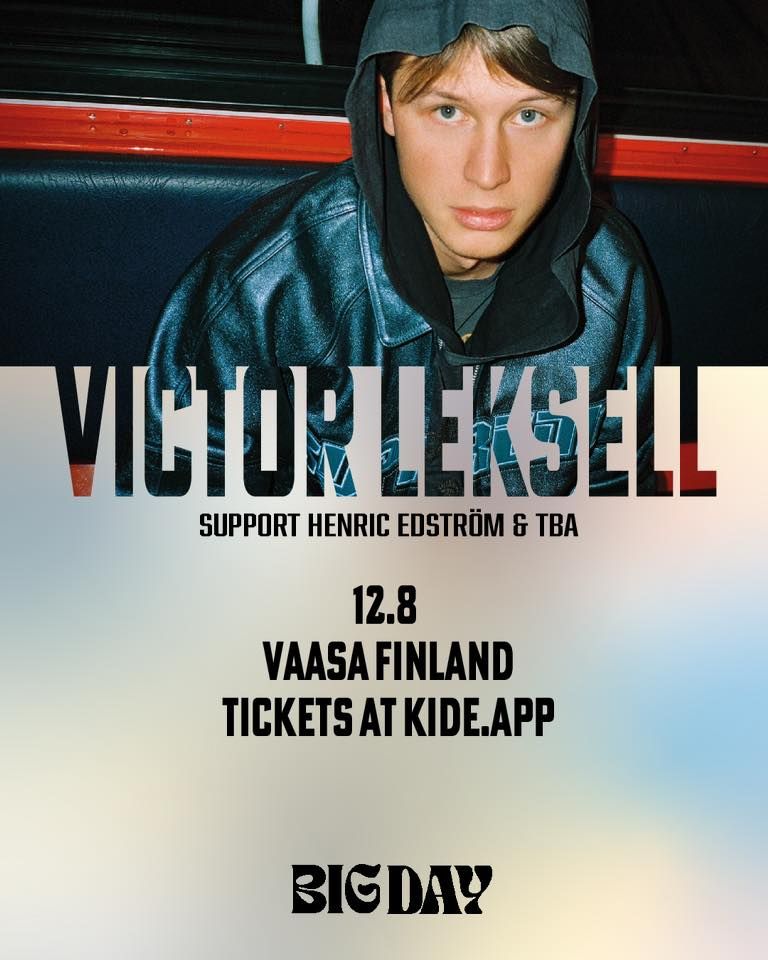
“Well, that wasn’t too bad”, says the First Mate. “I thought it might be going on until the early hours of the morning. And I quite enjoyed the music too. We should try and get one of his CDs.”
“Yes, it’s been a good day”, I say. “I even managed to get my bike working again.”

We did not visit Vaasa, yet. Thx to you, we now know that it is worth going one day… Best wishes from the Fishes
LikeLike
Hi Heiks, yes, we enjoyed Vaasa. Definitely worth a visit.
LikeLike